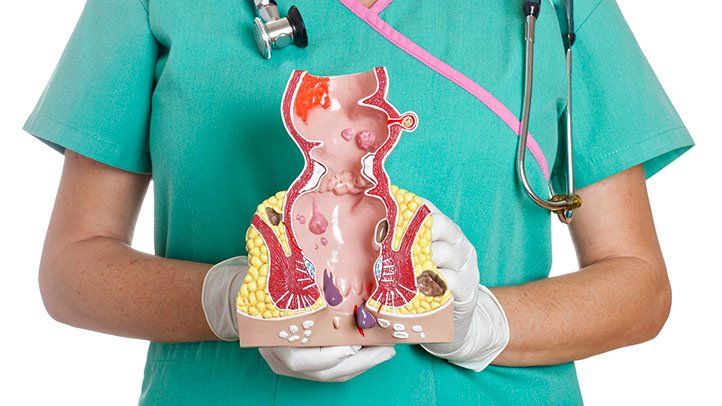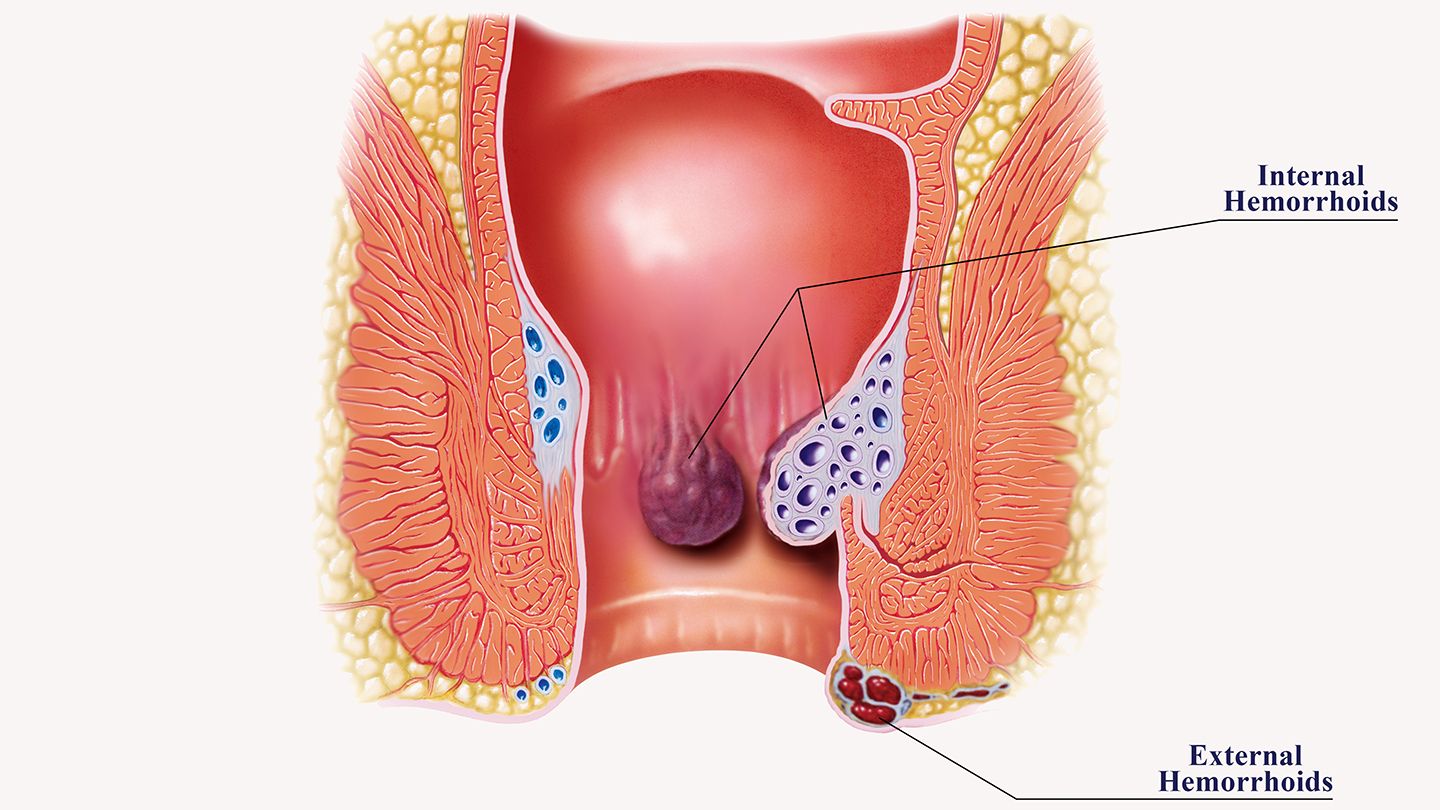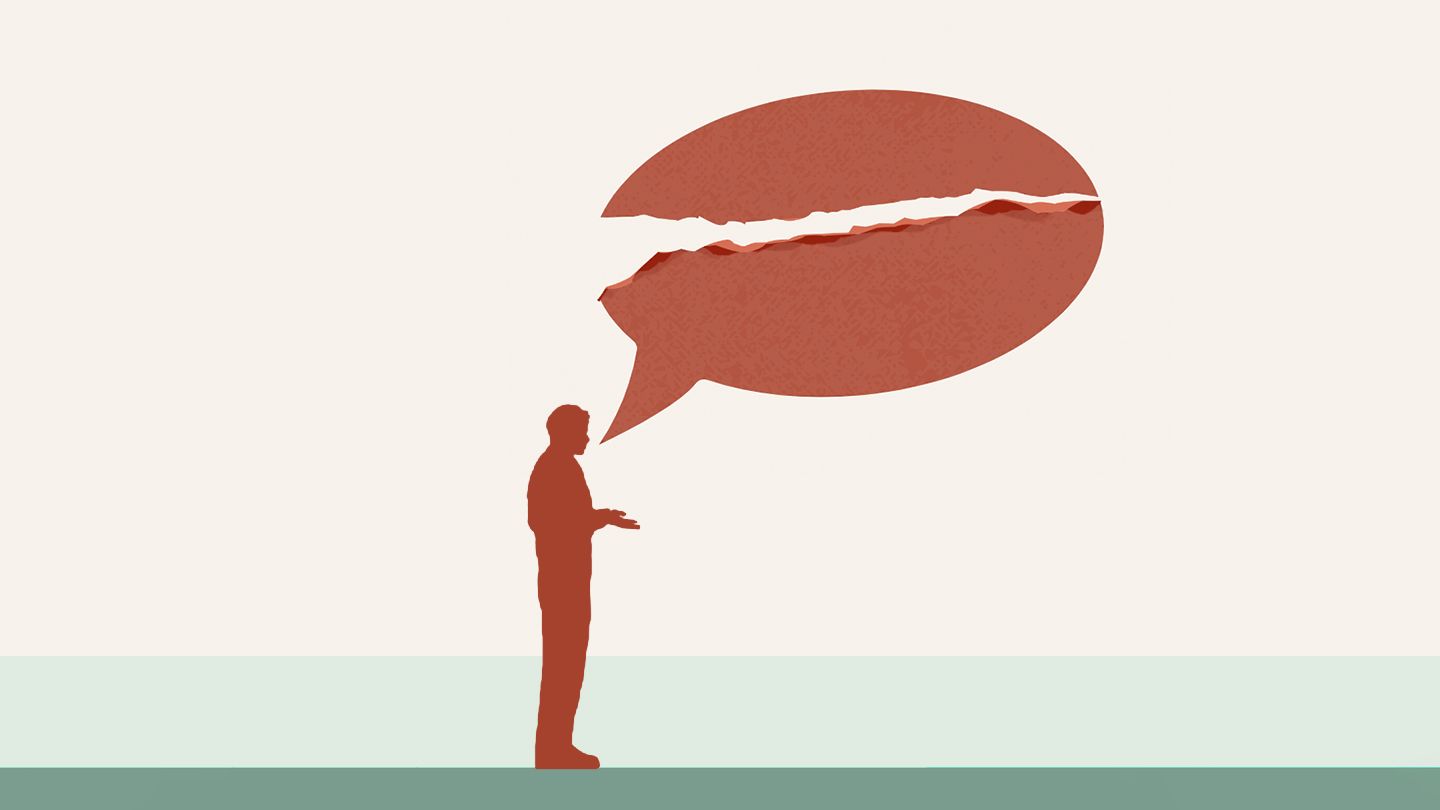Can You Go Bowling While Pregnant?
Bowling is a popular recreational activity enjoyed by many pregnant women. As an overall low-impact sport, bowling can be a safe exercise option during pregnancy for women who participated in bowling before becoming pregnant. However, there are a few factors pregnant women should consider before hitting the bowling alley.
Benefits of Bowling During Pregnancy
Bowling offers several potential benefits for pregnant women:
- Low-impact exercise. Bowling involves gentle movements like walking, bending, squatting, and swinging the bowling ball. This provides light physical activity without high risks of falls or abdominal trauma.
- Social activity. Bowling with friends or family is a fun group activity that gets pregnant women out of the house.
- Stress relief. Bowling can help distract from pregnancy aches and anxieties.
- Balance practice. Standing and gently swinging the ball helps improve balance, which is important as the pregnant belly shifts a woman's center of gravity.
Possible Risks of Bowling While Pregnant
While bowling can be safe exercise for many pregnant women, there are some potential downsides to consider:
- Injury from falling. Tripping or slipping while bowling could cause a pregnant woman to fall and injure herself or the baby.
- Back strain. Bowling involves bending and squatting motions that could strain the lower back, which is already stressed from pregnancy's shifted center of gravity.
- Overexertion. Bowling multiple games in a row could lead to fatigue, dehydration, or increased joint stress.
- Exposure to smoke and alcohol. Some bowling alleys allow smoking and drinking, which pregnant women should avoid.
Safety Tips for Bowling While Pregnant
Pregnant women can take certain precautions to bowl more safely:
- Talk to your doctor. Discuss bowling with your obstetrician and only participate if they approve it.
- Use a lighter ball. Opt for a 6-10 pound ball to reduce strain.
- Wear bowling shoes. Bowling shoes provide better traction to prevent slips and falls.
- Use bumper rails. Bumper rails reduce the need to bend over if you roll a gutter ball.
- Stay hydrated. Drink plenty of water before, during, and after bowling.
- Stop if you feel pain. Cease bowling if you experience any abdominal pain, contractions, or other concerning symptoms.
- Avoid smoke-filled alleys. Only bowl at alleys that prohibit smoking.
Trimester Precautions for Bowling
It's also important for pregnant bowlers to consider where they are in their pregnancy timeline:
First Trimester
The first trimester brings risks like miscarriage and high fatigue levels. Listen to your body and don't bowl if you feel overly tired. Take extra care moving and bending.
Second Trimester
Bowling can be safest during the second trimester, when energy returns and before the belly balloons. This is a good time to bowl in moderation.
Third Trimester
Harder to maneuver with a big belly, the third trimester brings back fatigue. Use an extra light ball and consider switching to one-handed bowling if your belly gets in the way of a two-handed swing. Don't play too many games in a row.
Expert Opinions on Bowling While Pregnant
Most doctors agree that bowling in moderation is safe for pregnant women who bowled regularly before pregnancy. Some expert insights include:
- "As long as you are comfortable and not in any pain, bowling is fine during pregnancy." - Dr. Taraneh Shirazian, NYU Langone Health
- "Using common sense, there is no reason a pregnant woman who is used to bowling cannot continue, in moderation." - Dr. Kecia Gaither, maternal fetal medicine specialist
- "Listen to your body when bowling while pregnant. Avoid slippery lanes. Use a lighter ball and take it easy." - Dr. Jessica Shepherd, women's health expert
When to Avoid Bowling While Pregnant
Bowling is not recommended for all pregnant women. Avoid bowling if you have any of the following:
- High risk pregnancy (multiples, gestational diabetes, preeclampsia, etc).
- History of preterm labor or miscarriage.
- Significant pelvic pain or instability.
- Placenta previa or placental abruption.
- Incompetent cervix.
Always get your doctor's approval before bowling if you have any medical or pregnancy complications.
The Bottom Line
Bowling can be a safe exercise during pregnancy as long as some precautions are taken. In general, bowling in moderation is fine for pregnant women who bowled regularly before conception. Proper safety measures include using a lighter ball, wearing bowling shoes, staying hydrated, and avoiding smoke-filled alleys. It's smart to get your doctor's okay, only bowl a game or two at a time, and stop immediately if you experience any concerning symptoms. With some common sense adjustments, bowling can still be an enjoyable activity throughout pregnancy.
FAQs
Can I bowl in my first trimester?
You can bowl in the first trimester but take extra precautions. This stage of pregnancy carries increased risks of miscarriage and fatigue. Avoid bowling if you feel overly tired and move carefully to prevent falls.
What weight ball can I use while pregnant?
Use a 6-10 pound ball to reduce strain on your body. The lighter ball will minimize back tension and allow you to swing the ball safely without overexertion.
When should I stop bowling while pregnant?
Cease bowling right away if you experience any concerning symptoms like abdominal pain, contractions, dizziness, or leakage of fluid. Otherwise, you can bowl until late in your pregnancy as long as you continue feeling well.
Can bowling cause preterm labor?
There are no indications bowling directly triggers preterm labor in healthy pregnancies. But overdoing any exercise can strain the body, so bowl in moderation and avoid exhaustion.
Is bowling safe in the third trimester?
You can bowl in the third trimester but use caution. Bowl only a game or two before taking a break. Use a very light ball, wear bowling shoes, and consider switching to one-handed bowling as your belly expands.
Disclaimer: This article is for informational purposes only and does not constitute medical advice. Always consult with a healthcare professional before starting any new treatment regimen.
Related Coverage
If you spot something resembling a kidney bean in the toilet after a bowel movement, it likely signals protruding hemorrhoids. Learn what causes them and treatment options....
It's common to poop frequently in late pregnancy due to pressure, hormones, diet changes and anxiety. Learn what causes loose stool and how to find relief....
Many pregnant women safely bowl with proper precautions like using lighter balls, appropriate shoes, hydrating, and avoiding smoke-filled alleys. Learn expert advice on bowling while pregnant....
Learn how mild soap & water can aid hemorrhoid relief alongside creams, wipes & sitz baths. Discover other proven home treatments plus prevention methods....
Kidney stones and hemorrhoids share several common causes like dehydration and straining. Learn how passing kidney stones can also lead to hemorrhoids....
Chafing in the groin area is a common discomfort during pregnancy. Learn what causes it, prevention tips, home treatment options, and when to call the doctor....
Hemorrhoids are swollen veins in the anus that can cause bleeding and pain. Learn about hemorrhoid causes, treatments, surgery, and prevention tips for men....
Wondering what hemorrhoid surgery recovery is like day-by-day? See photos and get the facts on pain, activity, bowel movements, and more for each stage of healing after hemorrhoid procedures....
Discover the truth that you are more than societal narratives and limitations have led you to believe, and unlock your boundless potential for growth, creativity, and self-actualization....
Learn about hemorrhoid symptoms, causes, home treatments, and when to consider hemorrhoid banding at home. Get step-by-step instructions on how to use a home hemorrhoid banding kit....







